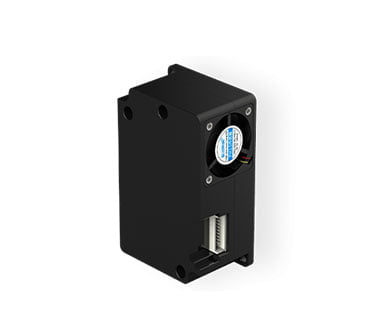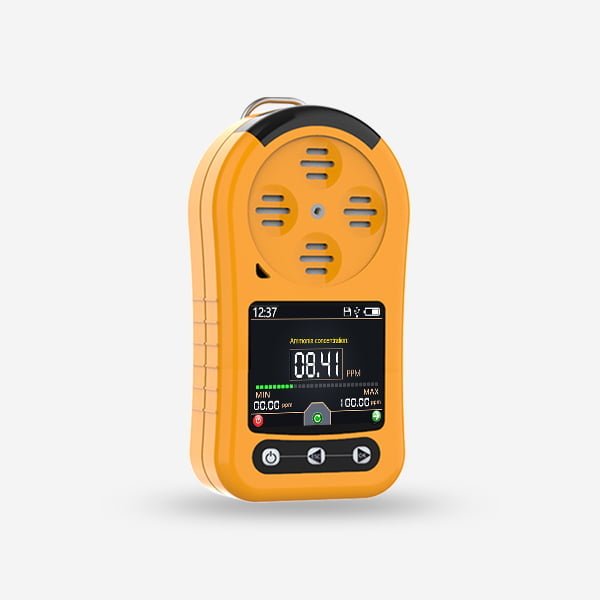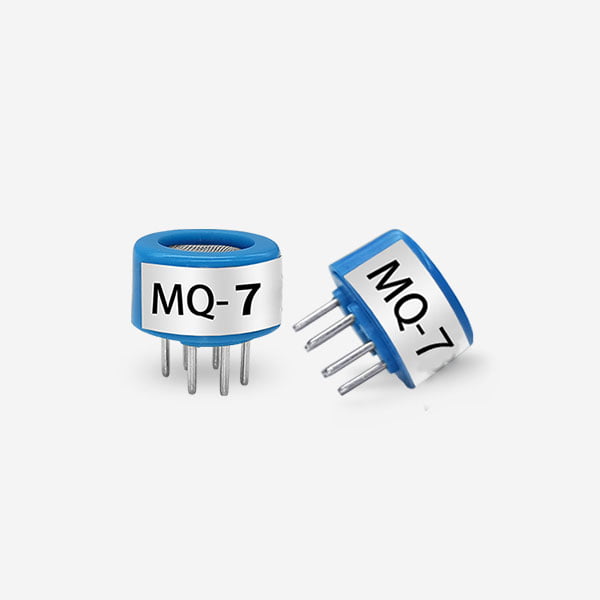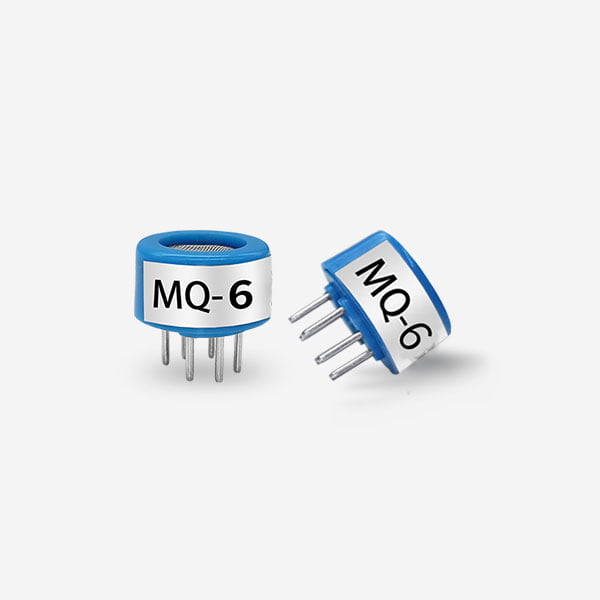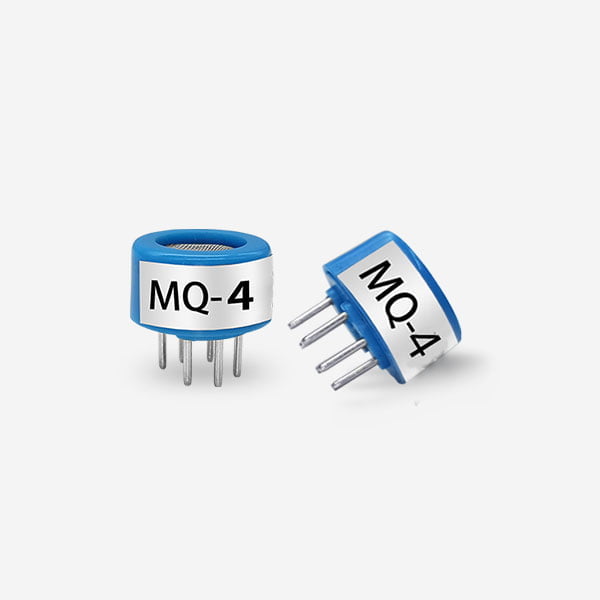In industrial environments, the detection of hazardous gases is a critical aspect of ensuring workplace safety and environmental protection. Photoionization Detection (PID) sensors have become as a valuable technology for the detection of volatile organic compounds (VOCs) and other hazardous gases. With their ability to detect a wide range of gases at low concentrations, PID sensors play a crucial role in industrial safety, environmental monitoring, and process control. This article explores the use and principle of PID sensors, their applications, and the benefits they offer in enhancing gas detection and industrial safety.
Understanding PID Sensors
Photoionization Detection (PID) sensors are gas detection devices that utilize the principle of photoionization to detect a wide range of volatile organic compounds (VOCs) and other hazardous gases. The core principle behind PID sensors involves the use of high-energy ultraviolet (UV) light to ionize gas molecules, leading to the generation of positively charged ions. When the gas molecules are exposed to the UV light, they absorb photons and undergo ionization, resulting in the formation of ionized gas molecules and free electrons.

The ionized gas molecules and free electrons produce a measurable current, which is proportional to the concentration of the gas being detected. PID sensors are measure this current and convert it into a gas concentration reading, providing real-time data on the presence of hazardous gases in the environment. By detecting gases at low parts-per-million (ppm) or parts-per-billion (ppb) levels, PID sensors offer high sensitivity and accuracy, making them suitable for a wide range of industrial applications.
Applications of PID Sensors
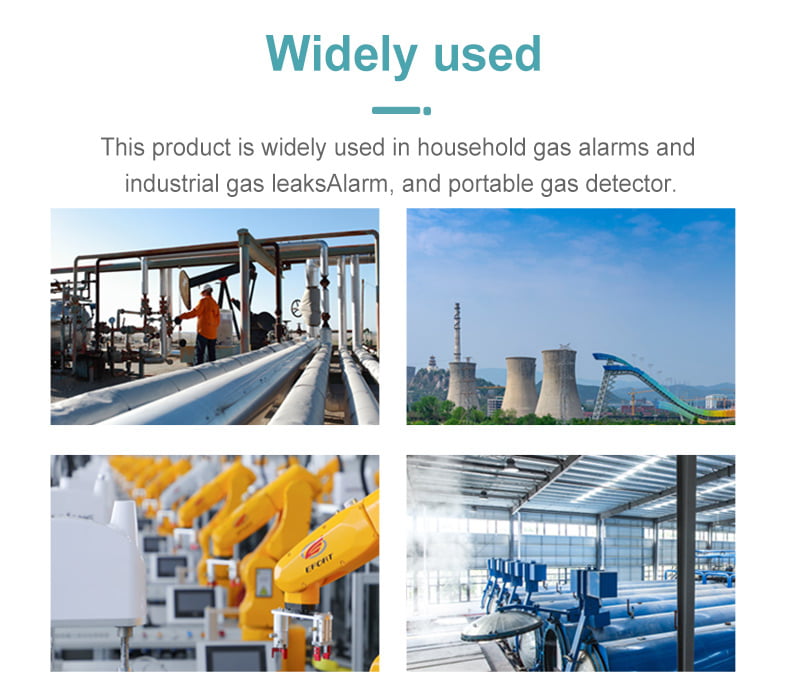
PID sensors find widespread use in various industrial sectors and applications, where the detection of volatile organic compounds and hazardous gases is essential for safety and environmental compliance. Some of the key applications of PID sensors include:
- Industrial Safety: PID sensors are used in industrial settings to monitor the presence of VOCs, hydrocarbons, and other hazardous gases that may pose a risk to workers’ health and safety. They are commonly employed in chemical plants, refineries, manufacturing facilities, and confined spaces to ensure early detection of gas leaks and prompt response to potential hazards.
- Environmental Monitoring: PID sensors are utilized for environmental monitoring and air quality assessments in areas where VOC emissions, chemical spills, or industrial processes may impact surrounding air quality. They are valuable tools for detecting and quantifying VOCs in ambient air, soil vapor, and water, supporting environmental compliance and pollution control efforts.
- Indoor Air Quality: PID sensors are employed for indoor air quality assessments in commercial buildings, laboratories, and indoor workspaces to monitor the levels of VOCs and other contaminants. By detecting and measuring indoor air pollutants, PID sensors help maintain a healthy and safe indoor environment for occupants.
- Hazardous Waste Management: PID sensors play a crucial role in hazardous waste management and remediation activities, where the detection of VOCs and other toxic gases is essential for assessing contamination levels, guiding cleanup efforts, and ensuring the safety of workers involved in remediation projects.
Principle of Operation
The operation of PID sensors is based on the fundamental principles of photoionization and ion detection. The key components of a PID sensor include a UV lamp, a photoionization chamber, and a detector system. The operational sequence of a PID sensor can be summarized as follows:
- UV Lamp Emission: The UV lamp emits high-energy ultraviolet light with a specific wavelength, typically in the range of 10.6 eV to 11.7 eV, depending on the sensor model and the target gases to be detected.
- Gas Ionization: When the emitted UV light interacts with the gas molecules in the detection area, it causes the gas molecules to absorb photons and undergo photoionization, resulting in the formation of positively charged gas ions and free electrons.
- Ion Detection: The ionized gas molecules and free electrons generate a measurable electric current, which is collected and amplified by the detector system within the PID sensor.
- Gas Concentration Measurement: The magnitude of the electric current is directly proportional to the concentration of the ionized gases present in the detection area. The PID sensor measures this current and converts it into a gas concentration reading, typically displayed in parts per million (ppm) or parts per billion (ppb).
PID sensors are capable of detecting a wide range of VOCs and hazardous gases, including benzene, toluene, xylene, formaldehyde, and various hydrocarbons. The sensitivity of PID sensors to different gases is determined by the ionization potential of the target compounds, with lower ionization potentials resulting in higher sensitivity to photoionization.
Benefits of PID Sensors
The use of PID sensors offers several benefits for industrial gas detection, safety, and environmental monitoring:
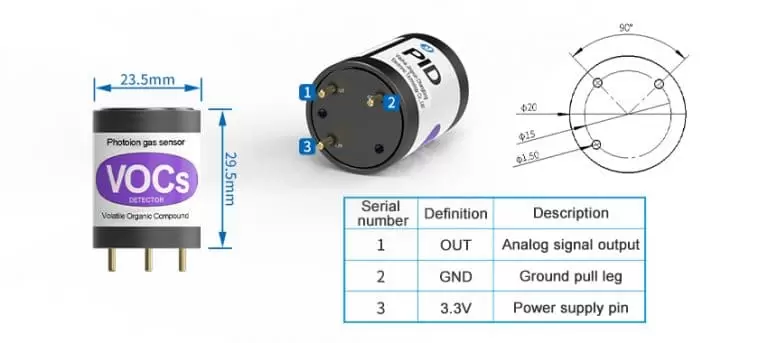
High Sensitivity and Selectivity: PID sensor provide high sensitivity to a wide range of VOCs and hazardous gases, allowing for the detection of low concentrations of target compounds with excellent selectivity.
Real-Time Monitoring: PID sensors enable real-time monitoring of gas concentrations, allowing for prompt detection of leaks, spills, or emissions, and facilitating rapid response to potential safety hazards.
Portable and Handheld Options: Portable PID sensor are available, offering flexibility for on-site measurements, field inspections, and confined space monitoring, enhancing operational efficiency and safety protocols.
Data Logging and Analysis: PID sensors often feature data logging capabilities, enabling the recording of gas concentration data over time for trend analysis, compliance reporting, and process optimization.
Integration with IoT Systems: PID sensor can be integrated with Internet of Things (IoT) platforms, allowing for remote monitoring, data visualization, and automated alerts, supporting proactive maintenance and safety management.
Conclusion
PID sensors play a crucial role in enhancing gas detection, industrial safety, and environmental monitoring across a wide range of applications. By leveraging the principle of photoionization, PID sensors offer high sensitivity, real-time monitoring capabilities, and the flexibility to detect a diverse array of volatile organic compounds and hazardous gases. As technology continues to evolve, the integration of advanced features, connectivity options, and data analytics will further enhance the performance and applicability of PID sensors in industrial settings. With their ability to support proactive risk management, compliance monitoring, and safety enhancements, PID sensors are poised to continue making significant contributions to the safety and sustainability of industrial processes and environments.
